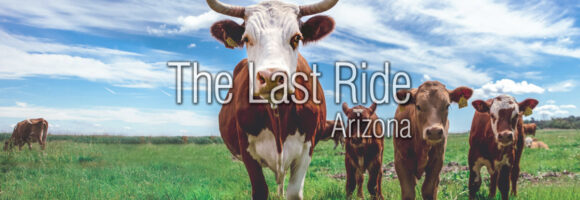Exploring Cow Digestion

Have you ever heard of a ruminant? While you may not be familiar with that term, you are certainly familiar with many examples of rudiments. Cows, for example, are rudiments, as are sheep and camels.
Simply put, a rudiment is a term used to classify mammals at chew cud, which is regurgitated, partially digested food. You may be surprised to learn that, not only do cows chew on cud, but they can chew on it for up to 8 hours per day!
You may also have heard that cows have four stomachs, but this technically is not true. Rather, cows have four digestive compartments. One of these compartments, the rumen, holds up to 50 gallons of partially digested food. This is where the cud comes from. Bacteria in the rumen helps to digest the food and provide protein for the cow. The reticulum Is another one of these compartments. It is referred to as the “hardware stomach” because it is where indigestible items will lodge themselves so they do not cause further damage. Another compartment is the omasum, which is a sort of filter, and the fourth compartment is the abomasum, which is the compartment that is the most similar to the human stomach.
